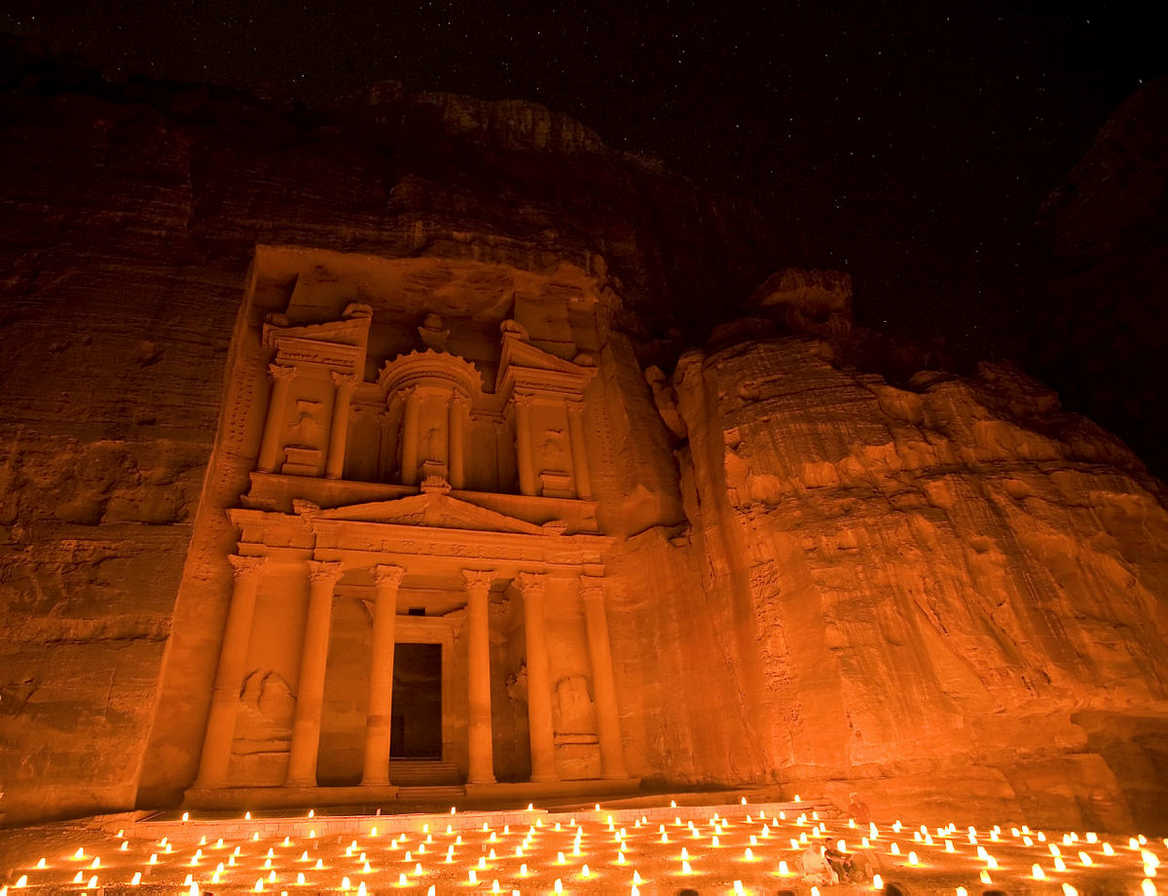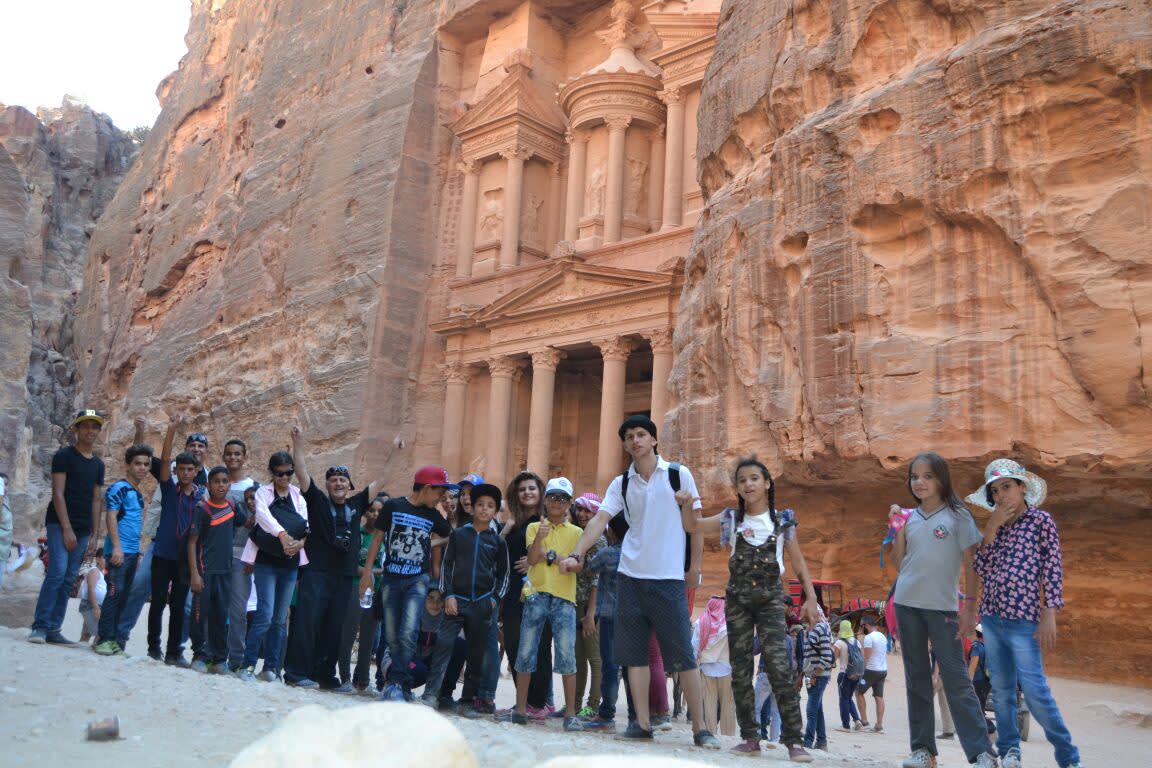Read time – minutes
200 years must seem a mere blip in the lifespan of a building carved in the 6th Century BC. Yet for us, those 200 years remain something to celebrate.
It’s now been 200 years since Petra was rediscovered. So this August, let us raise a glass in honour of Petra: the “rose-red city half as old as time.”
It is totally implausible that such a creation could have slipped under the sands of time for so long, and yet it did. Imagine the sheer wide-eyed shock of Johann Ludwig Burckhardt as he stumbled upon what was to become a world-famous UNESCO Heritage Site.
The Rose-Red City
Or of course, you could see it for yourself … The trouble with Petra is that most tourists pop down for a day, take a two-minute glance at the treasury and make the obligatory “oohs” and “ahhs” before wandering off.
They do not give Petra the time. And with this ancient metropolis, time is of the essence – but not in the way that phrase would usually mean. For something made from solid rock – the word “Petra” even means “stone” – which has survived the test of time, Petra feels strangely mutable.
The intricately carved façade fades and flickers throughout the day, a rippling rainbow of dusty reds, vibrant oranges and soft pinkish hues. To see Petra at just one moment is to only see one side of a square.
The shifting light dapples the columns with cool, shady hollows and strikes the flatter surfaces with a bright ferocity. Nobody forgets their first glimpse of Petra. Burckhardt didn’t, and neither has anybody since.
Walk between the sheer walls of the Siq, dramatic 80-metre rock cliffs lined with sporadic aqueducts leading to the most photographed building in Jordan. Each step forward into the city carved directly from the rock is a step back into the past.
Time becomes elastic, as you walk with a sense of having one foot in the present and one in the past; here, history is layered upon the now.
The High Places just beyond the main city are a sight to behold. This is not compulsory but it is certainly compelling; a short, tough trek brings its own rewards, but the spectacular views literally give a whole new perspective on Petra.
Above the chasms and gorges, a bird’s eye view of a unique city built from taxes upon trading caravans is also an escape. Few venture this far above the city, affording a much quieter, rarer view of a place we’ve all seen countless photographs of.
Staying the night in Petra is another rarity on whistle-stop tours. Whilst the hotel itself is the most basic of the week, to sleep amongst the ghosts of the Middle Eastern past is unforgettable.
It also allows the chance to venture into Petra by night, also optional, where a candlelit vigil flickers against the intricate engravings.
Bedouin locals offer tea and traditional music set against this backdrop of soft umber shadows. It was a monumental discovery 200 years ago, one that changed the face of Jordanian tourism forever.
It is monumental in 2012, and no doubt will remain so come 3012. Time has fluid and whimsical quality inside Petra’s walls, but it is certainly time well spent.
By Georgina Lawrence, Exodus Marketing Executive
Take a look at our tours of Petra below and see this Unesco World Heritage Site for yourself.

 Lost City of Petra
Lost City of Petra Tour of Petra
Tour of Petra




